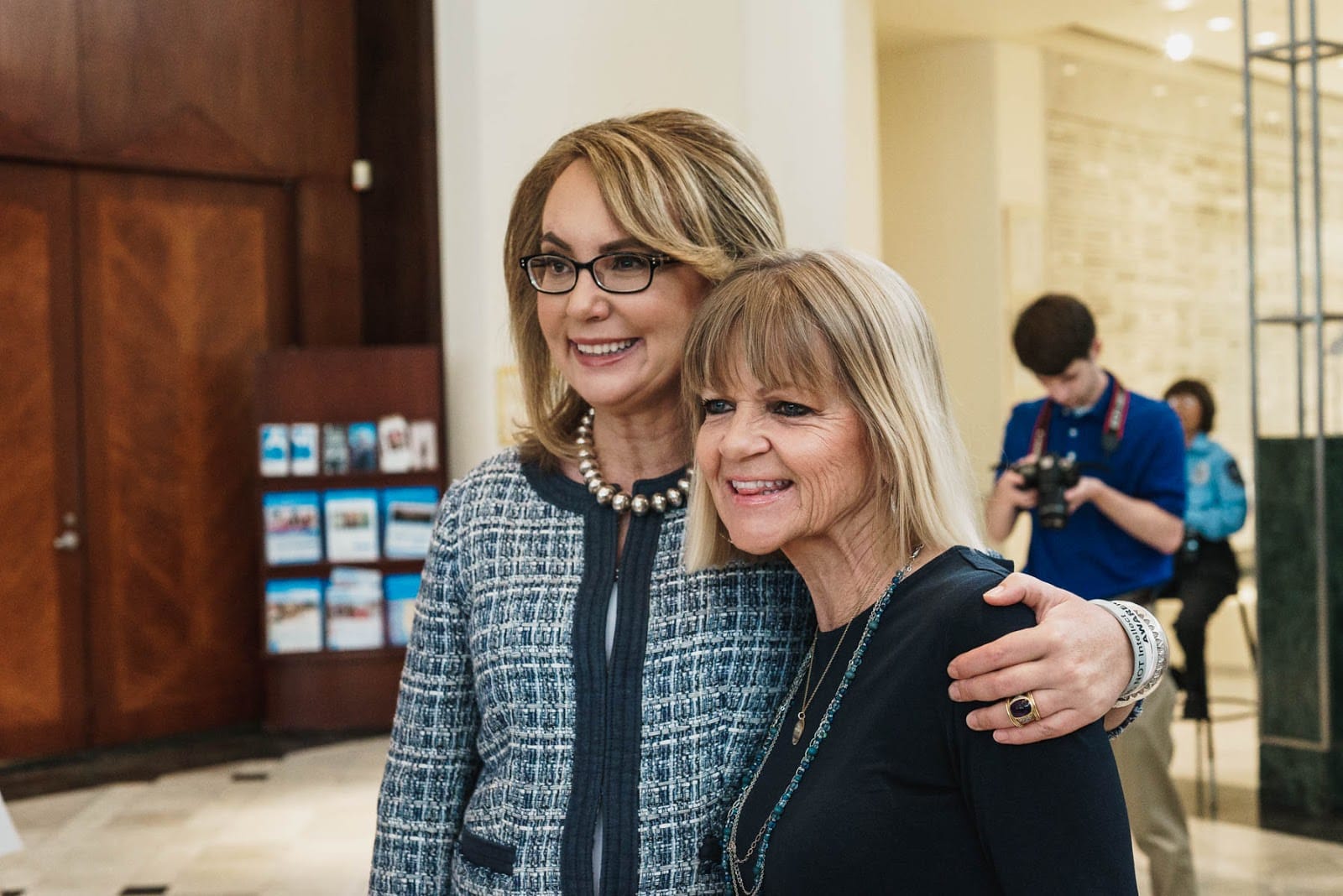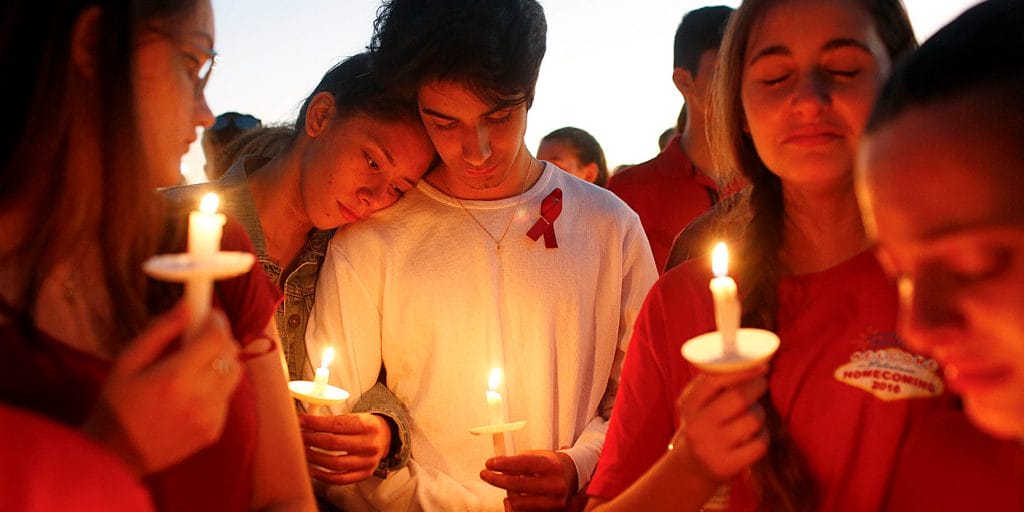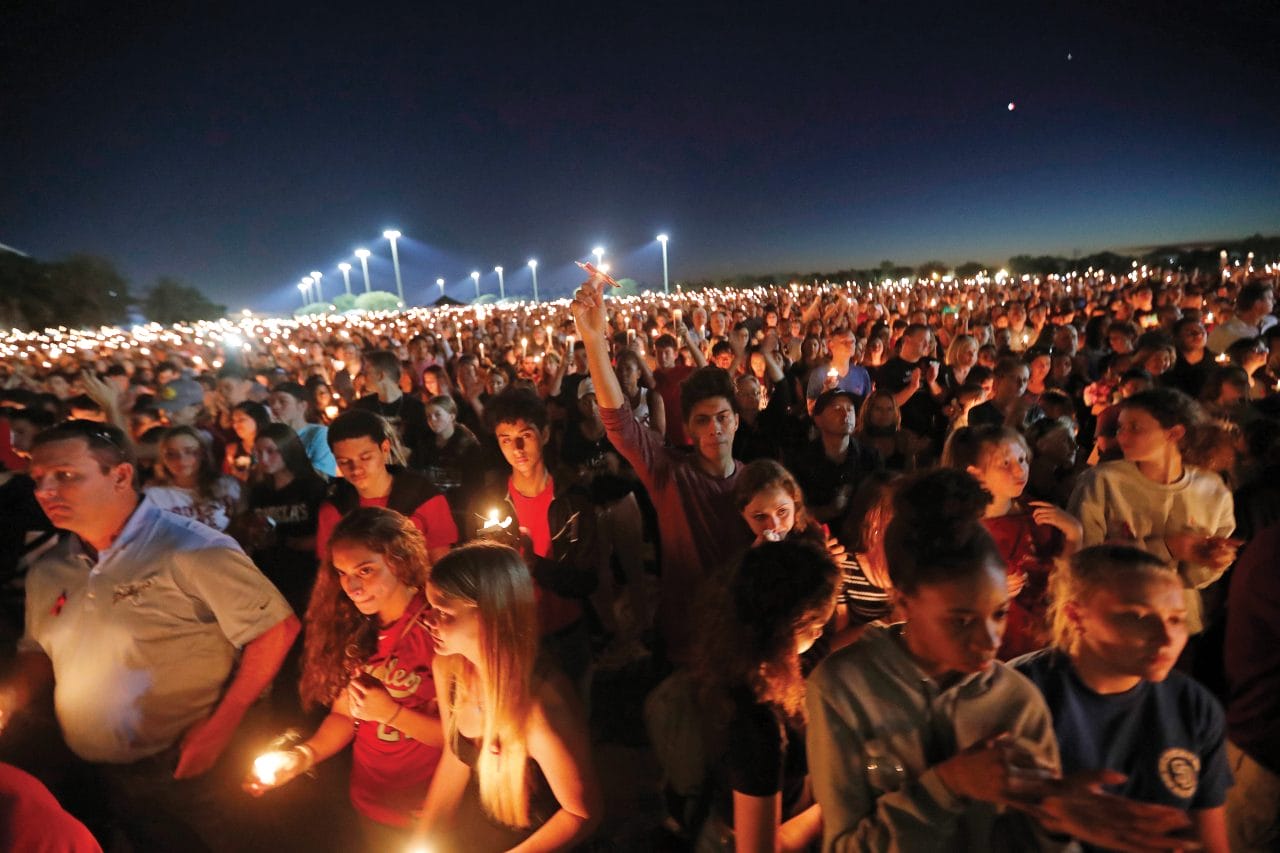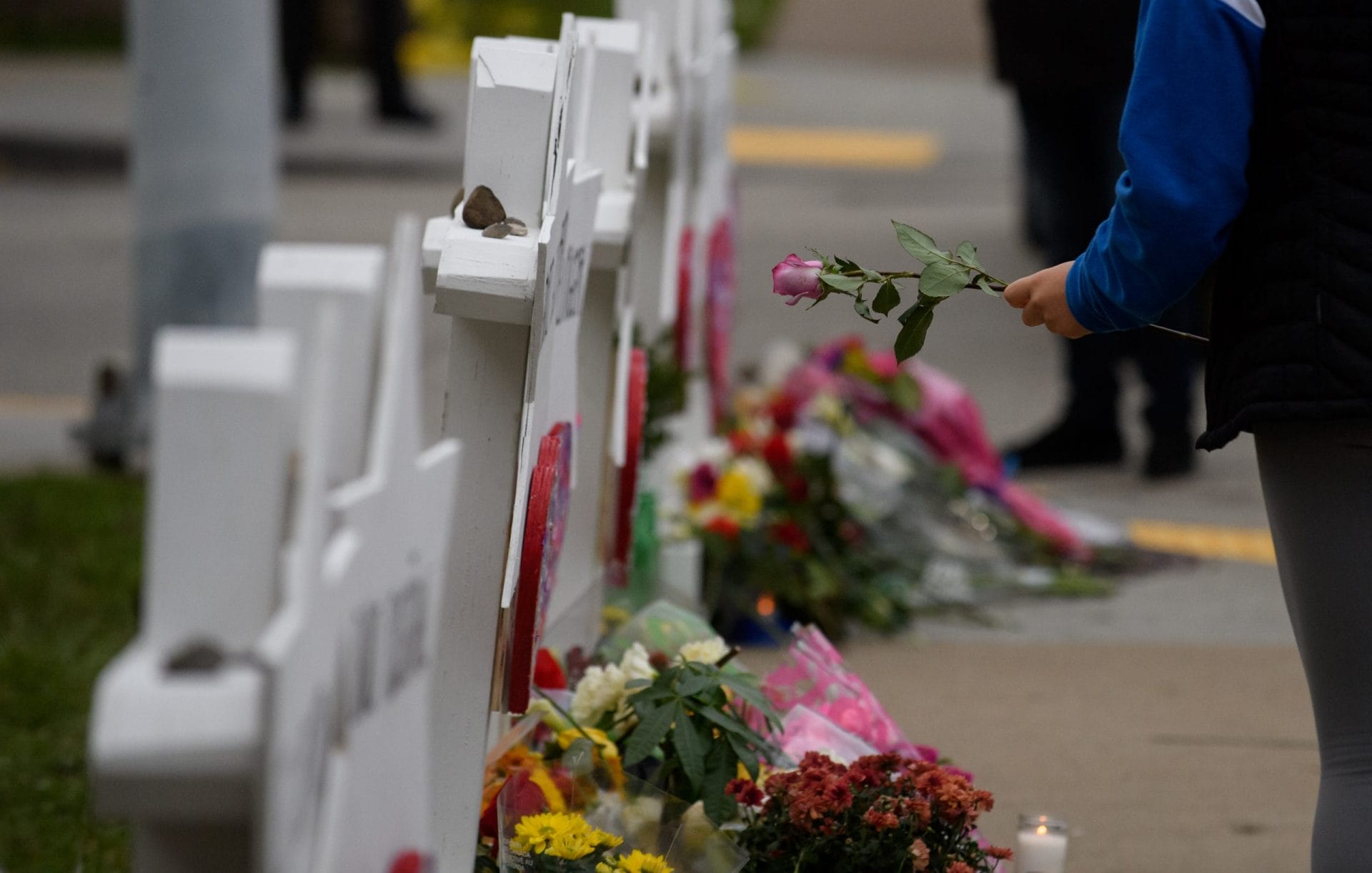
Our weak gun laws put kids across the country at risk. We owe it to them to create a future free from gun violence.
From 2019 to 2023, nearly 12,000 children in the US were shot and killed before their 18th birthday. In fact, since 2020, gun violence has been the leading cause of death for American children, outpacing deaths from car crashes, cancer, and drownings. This trauma and suffering shouldn’t be a normal part of growing up.
Every type of gun violence that afflicts the United States also affects young people, from threats of mass shootings to armed domestic violence to community violence. Kids and teens also face higher risk of firearm suicide and unintentional shootings.
In addition to the children and teens whose lives are cut short or forever changed by a bullet, the trauma and fear of gun violence exacts a devastating toll on young people. We can do so much more to combat this epidemic and fight for all children’s right to grow up healthy, safe, and without fear.
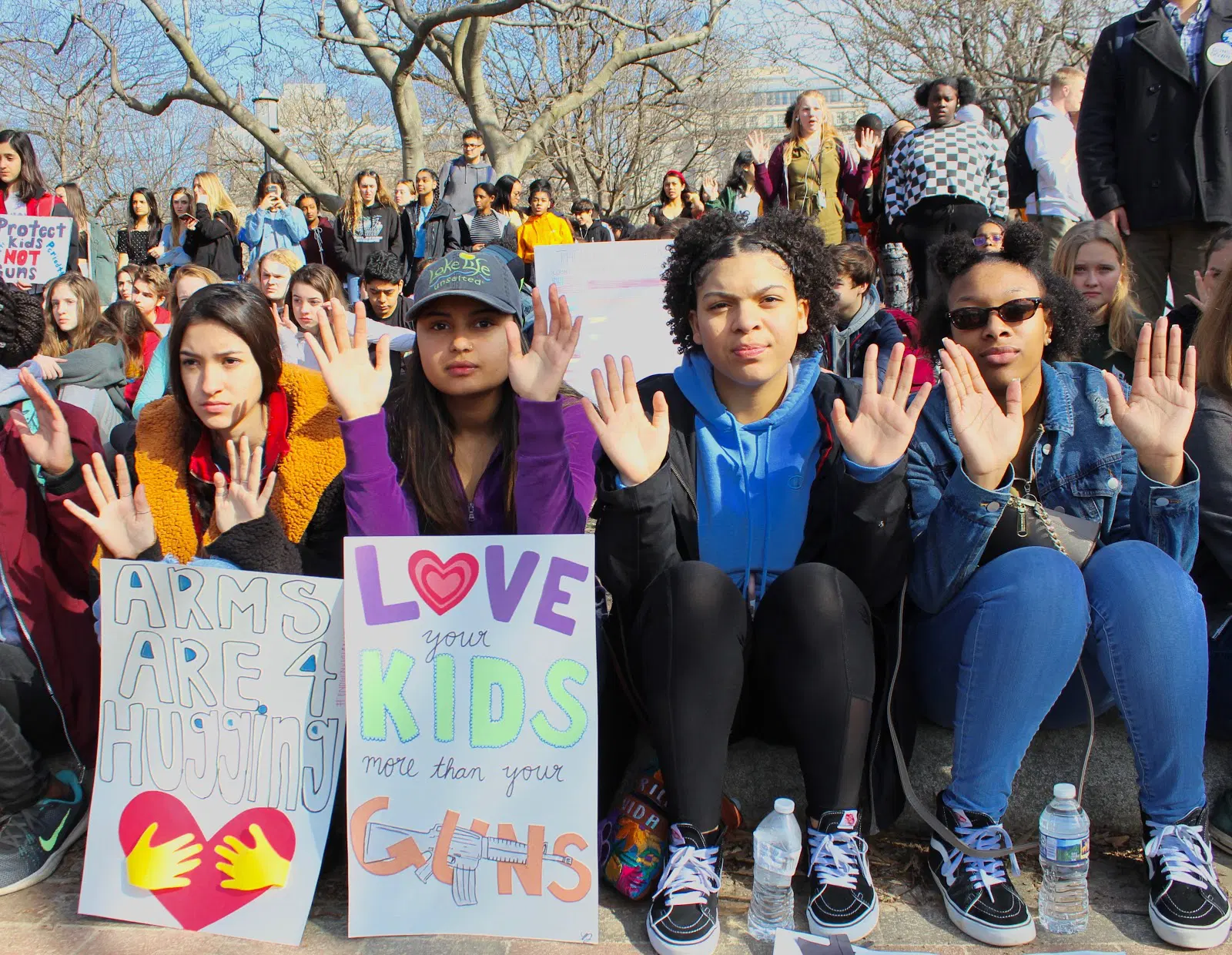
Why This Matters
In February 2024, the unimaginable happened: Two-year-old Jarel Miles got his hands on a gun and fatally shot himself in the head.
Jarel and his mother had just returned home after running errands. While she started doing some chores around the house, he told her he was going to the bathroom.
His mother was in the living room when she heard a loud pop, like a balloon or light bulb bursting. She called out to Jarel to make sure he was all right but didn’t hear a response, so she went looking for him. She walked into the bedroom and found him pretending to be asleep on the bed.
At least, she thought he was pretending, until she saw her purse on the bed next to him—the purse which usually holds her handgun until she can hide it under the mattress when the kids aren’t looking. In one moment, their family was forever and permanently altered.
Stories like Jarel’s are far too common, and a country in which a two-year-old can access a deadly weapon is a country that has failed its children. While parents absolutely have a role to play in ensuring gun safety, our system of federal and state laws must also be strengthened in order to prevent anything like this from ever happening.
OUR STORIES
We’re youth activists, survivors, doctors, and gun owners. We’re united in the fight to end gun violence.
Read More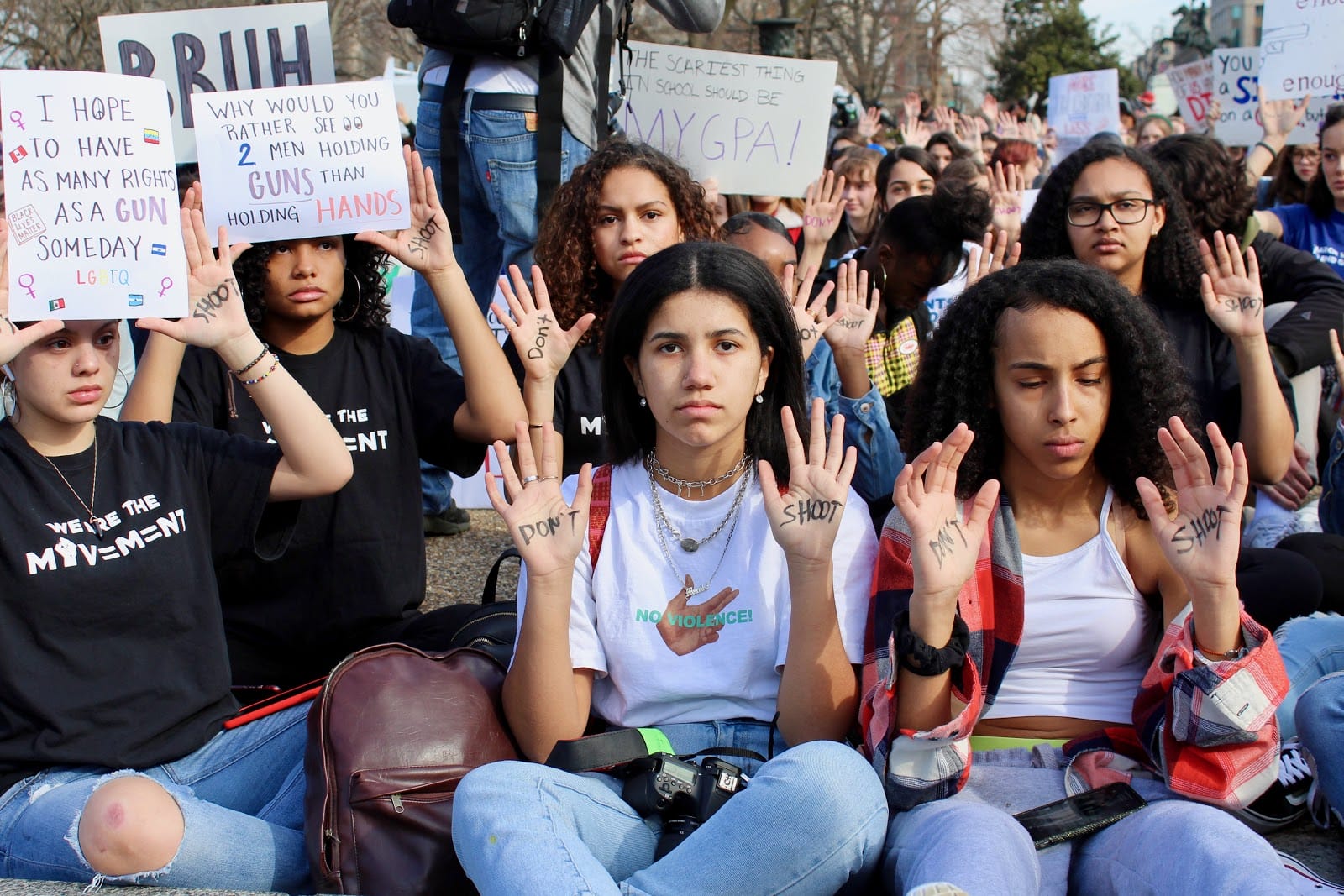
The Problem
The combination of widespread gun ownership and weak gun safety laws creates a uniquely dangerous environment for American children. 93% of children ages 0–14 killed with guns in high-income countries are killed in the US.
The effects of this gun violence epidemic on our youth are devastating. Each year, more than 2,000 minors are killed and thousands more are seriously injured by firearms in the US. More than three million children witness shootings. Alarmingly, gun deaths have been on the rise among children, nearly doubling from 2014 to 2023. This violence presents in multiple different forms. 61% of gun deaths among children are gun homicides, which are generally connected to domestic violence among young children and community violence among older children. Additionally, 727 children die by gun suicide each year—nearly double the number from two decades earlier.
Importantly, gun violence takes a disproportionate toll on children of color. In fact, Black children are more than five times more likely to die from gun violence than white children.
Children in neighborhoods where shootings are a daily occurrence live in fear of being hit by bullets as they walk home from school or sit on their front porches. They are taught to hide under beds or in bathtubs at the sound of gunfire. These realities rob children of any sense of safety and security, and can have a lasting detrimental impact on their lives and wellbeing. One study suggests that children living within two to three blocks of a shooting were 50% more likely to visit the emergency room for a mental health issue in the days following the shooting.
THE FACTS

kids live in homes with a loaded, unlocked gun
Source
Deborah Azrael, Joanna Cohen, Carmel Salhi, and Matthew Miller, “Firearm Storage in Gun–owning Households with Children: Results of a 2015 National Survey,” Journal of Urban Health 95, no. 3 (2018): 295–304.; Matthew Miller and Deborah Azrael, “Firearm Storage in US Households with Children: Findings from the 2021 National Firearm Survey,” JAMA Network Open 5, no. 2 (2022).
Source
Centers for Disease Control and Prevention, Wide-ranging Online Data for Epidemiologic Research (WONDER), “Underlying Cause of Death, 2018-2023, Single Race,” last accessed Feb 18, 2025, https://wonder.cdc.gov/.
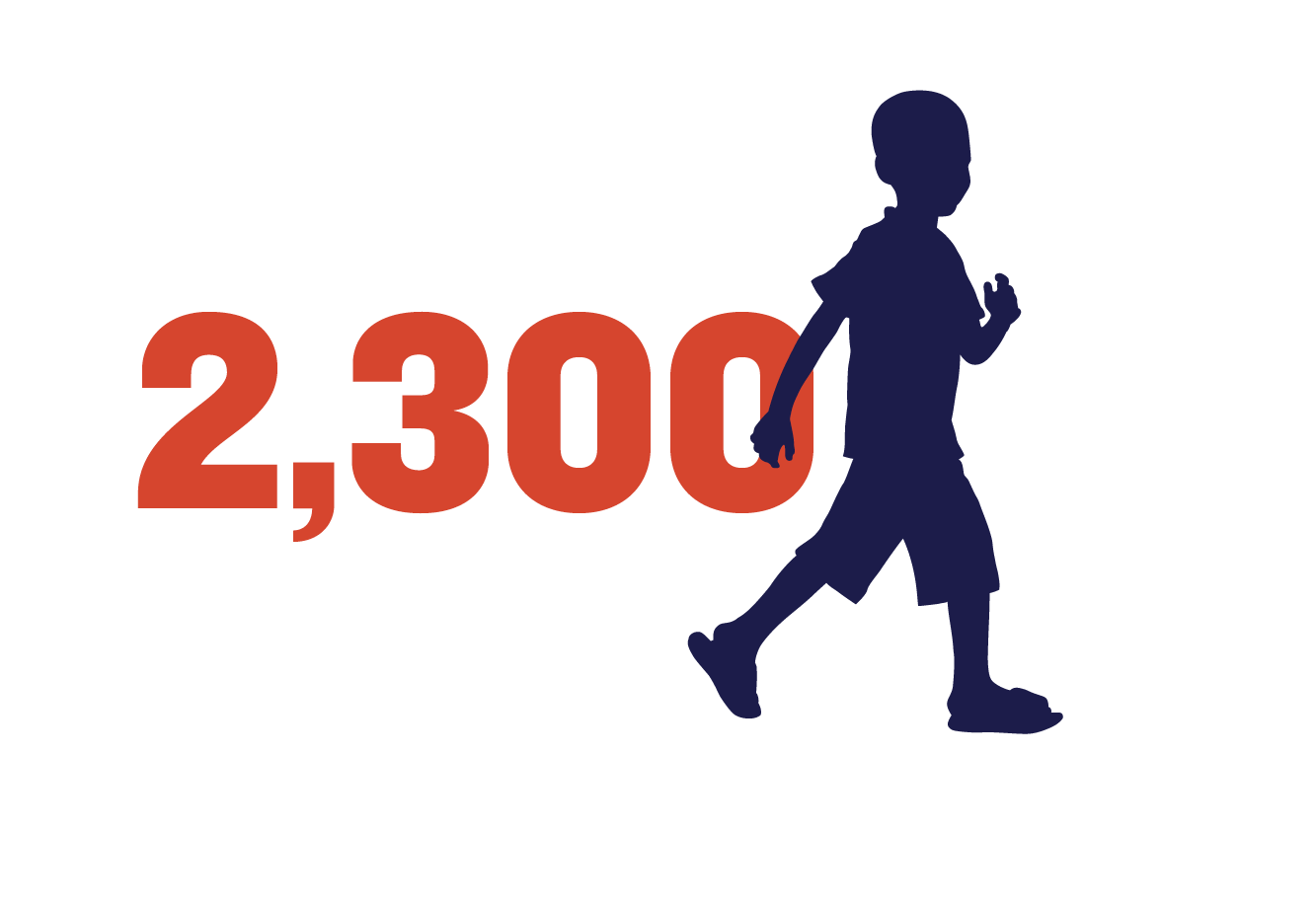
children shot and killed
Source
Centers for Disease Control and Prevention, Wide-ranging Online Data for Epidemiologic Research (WONDER), “Underlying Cause of Death, 2018-2023, Single Race,” last accessed February 3, 2025, https://wonder.cdc.gov/.
The Solution
We can, and must, make our country a safer place for children to grow up. Rather than accepting school shootings and other violence against children as the price of freedom, we need to take steps to ensure the safety of our kids. A number of effective policy solutions can better protect children from violence:
- Closing background check and domestic violence loopholes can prevent people with histories of violent behavior from accessing firearms.
- Investing in community-based violence intervention programs has been proven to reduce shootings in cities, making it less likely children will be harmed or killed by stray bullets.
- Child access prevention laws help ensure responsible firearm storage by holding adults accountable when kids gain access to their guns. States that have implemented these laws have seen reductions in youth suicides and unintentional injuries.
- Gun industry accountability laws ensure that the gun industry can be held liable in civil litigation when it irresponsibly markets guns to kids and survivors seek justice in the courts.
- Raising the minimum age for civilians to purchase a firearm would help prevent young people from owning guns until their brains are more fully developed. Studies have found this policy decreases suicides and unintentional shootings.
- Extreme risk protection orders have been proven to reduce suicides and have the potential to prevent mass shootings like the one at Robb Elementary School in Uvalde.
The gun lobby insists that the only way to protect our children is to put more guns in more places, including classrooms—but the evidence says otherwise.
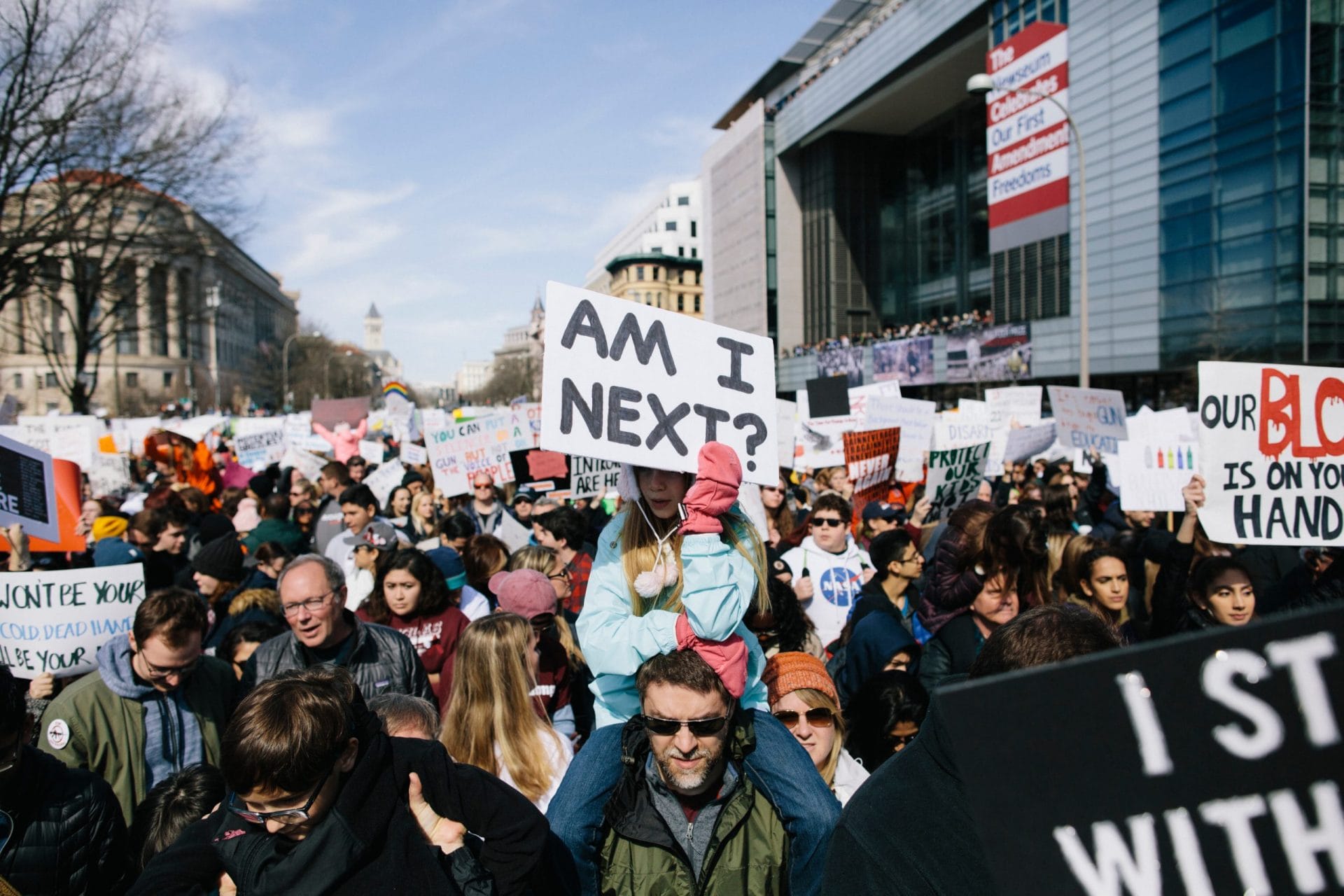
SPOTLIGHT
KEEPING KIDS SAFE
Protecting the Next Generation: Strategies to Keep America’s Kids Safe from Gun Violence examines the life-altering implications for the children who witness or survive shootings, particularly with regard to their mental health, and lays out the solutions that can prevent these tragedies.
Read MoreWhat Giffords Is Doing
For years, GIFFORDS has helped write, pass, and enact legislation that is reducing gun violence and saving lives. Against fierce opposition, we have helped pass more than 525 new gun safety laws since the tragedy at Sandy Hook.
In 2022, we helped pass the Bipartisan Safer Communities Act, the first federal gun safety legislation in nearly 30 years. This law dedicates an unprecedented $2 billion in funding for school-based violence intervention and prevention programs. This includes $1 billion in funding for $1 billion to expand Student Support and Academic Enrichment Grants, $50 million to expand the 21st Century Community Learning Centers Program, and $1 billion over five years to expand the School-Based Mental Health Services Grant Program and the Mental Health Service Professional Demonstration Grant Program, with $500 million going to each program.
In addition to our work enacting new gun safety laws, our experts at GIFFORDS Law Center to Prevent Gun Violence are defending our hard-won victories in court and pushing back against the gun lobby’s reckless efforts to undermine public safety.
In order to protect the next generation from gun violence, we must work together to stand up to the gun lobby and pass desperately needed gun safety laws. The future of our children depends on it.
SUPPORT GIFFORDS
We’re in this together. To build a safer America—one where children and parents in every neighborhood can learn, play, work, and worship without fear of gun violence—we need you standing beside us in this fight.
